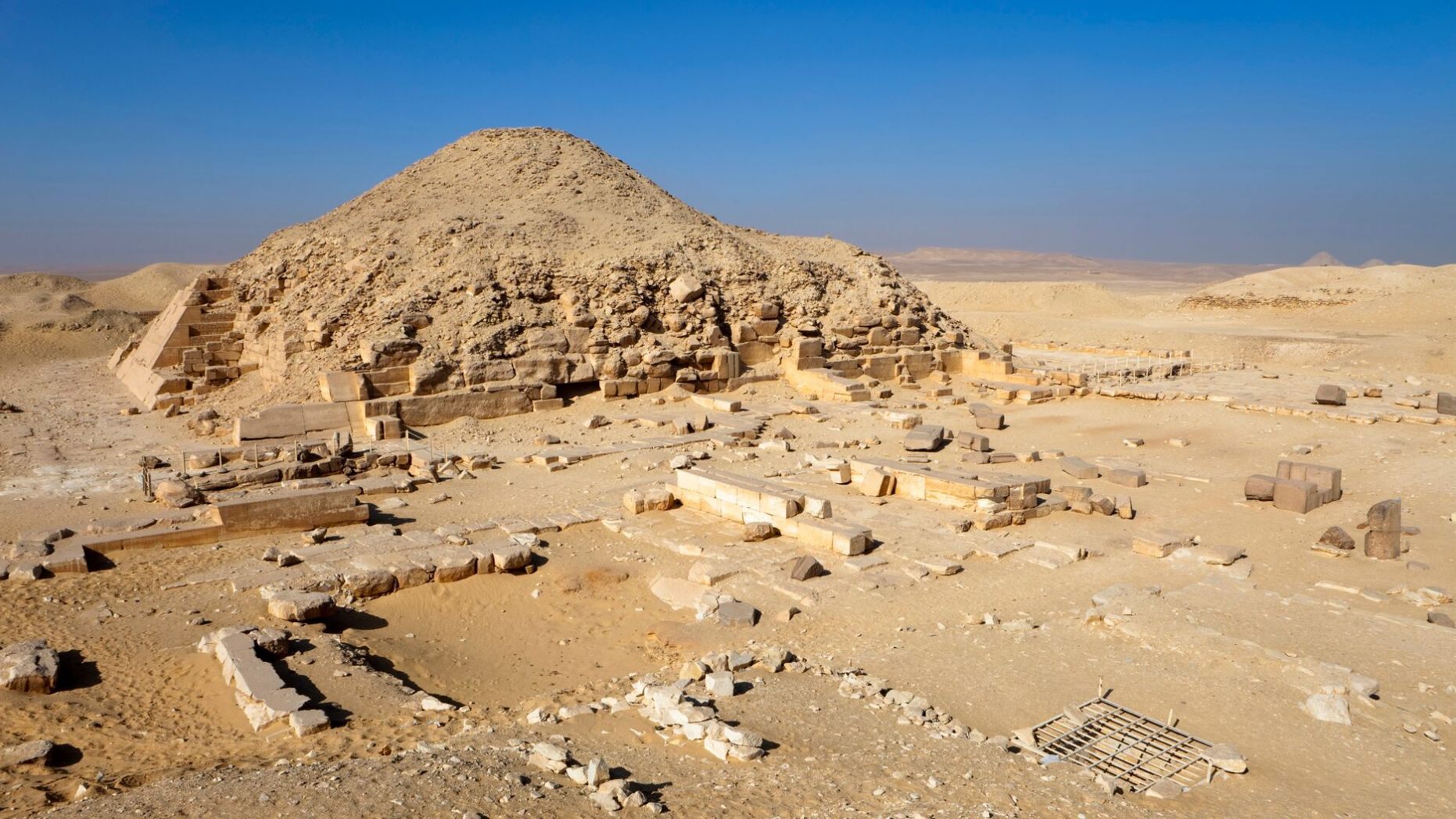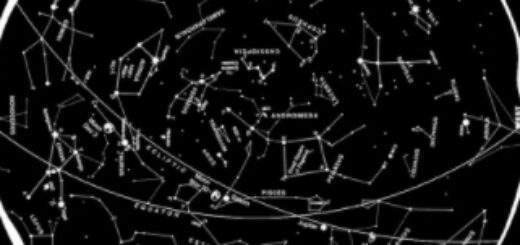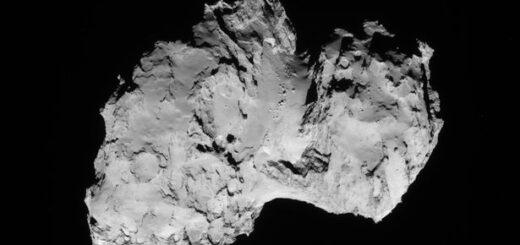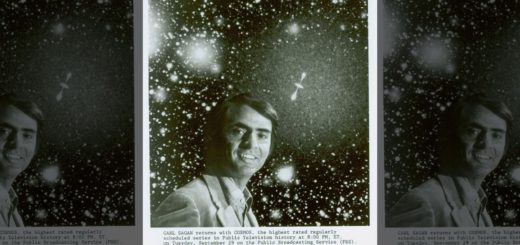‘World’s oldest cheese’ discovered in ancient Egyptian tomb

This may not exactly be one for the connoisseurs, but archaeologists in Egypt say that they have found the oldest solid cheese.
The ancient cheese, which is around 3,300 years old, was found in the tomb of Ptahmes, mayor of the ancient Egyptian city of Memphis. Researchers from the Italian Ministry of Education, University and Research, Italy’s Catania University and Cairo University in Egypt worked on the project, studying broken jars at the site.
“One jar contained a solidified whitish mass, as well as canvas fabric that might have covered the jar or been used to preserve its contents,” said the researchers, in a statement. “After dissolving the sample, the researchers purified its protein constituents and analyzed them with liquid chromatography and mass spectrometry. The peptides detected by these techniques show the sample was a dairy product made from cow milk and sheep or goat milk.”
ARCHAEOLOGISTS IN EGYPT DISCOVER ANCIENT MUMMIFICATION WORKSHOP
The research has been published in the American Chemical Society’s journal Analytical Chemistry.
The canvas covering appears to be more suitable for containing a solid, as opposed to a liquid. “Other peptides in the food sample suggest it was contaminated with Brucella melitensis, a bacterium that causes brucellosis,” the researchers added. “This potentially deadly disease spreads from animals to people, typically from eating unpasteurized dairy product.”
Ancient Egypt continues to reveal its secrets. A mummy buried in Southern Egypt more than 5,000 years ago, for example, has recently revealed its grisly secrets, shedding new light on prehistoric embalming practices. A mysterious sphinx, for example, has been discovered during roadwork in the Egyptian city of Luxor.
Archaeologists recently opened a ‘cursed’ ancient black granite sarcophagus. In a separate project, experts also unearthed a 2,200-year-old gold coin depicting the ancient King Ptolemy III, an ancestor of the famed Cleopatra.
MYSTERIOUS ANCIENT ARTWORK DEPICTING FEMALE PHARAOH FOUND BY ACCIDENT
Experts in Southern Egypt recently discovered an extremely rare marble head depicting the Roman Emperor Marcus Aurelius.
Additionally, experts in Australia found the tattered remains of an ancient priestess in a 2,500-year-old Egyptian coffin that was long thought to be empty.
On the other side of the world, a rare ancient artifact depicting the famous female pharaoh Hatshepsut surfaced in the U.K. Stunning new research also claims that King Tutankhamun may have been a boy soldier, challenging the theory he was a weak and sickly youth before his mysterious death at around 18 years of age.
RARE ROMAN DISCOVERY THRILLS EXPERTS: EMPEROR’S MARBLE HEAD FOUND AT EGYPTIAN TEMPLE SITE
Experts in the U.K. also found the world’s oldest figurative tattoos on two ancient Egyptian mummies recently, one of which is the oldest tattooed female ever discovered.
Other recent finds include an ancient cemetery in Egypt with more than 40 mummies and a necklace containing a “message from the afterlife.” An ancient statue of a Nubian king with an inscription written in Egyptian hieroglyphics was also found at a Nile River temple in Sudan.
Scientists also believe that they may have found the secret of the Great Pyramid’s near-perfect alignment. Experts are also confident that they have solved the long-standing mystery of the “screaming mummy.”
ANCIENT, STILL-EDIBLE CHUNK OF BUTTER UNEARTHED IN IRISH BOG
In February, archaeologists announced the discovery of a 4,400-year-old tomb near the pyramids. Late last year, archaeologists also revealed that they had uncovered the graves of four children at an ancient site in Egypt.



 Creators of mankind
Creators of mankind Description of “Tall white aliens”
Description of “Tall white aliens” Where they came from?
Where they came from? About hostile civilizations
About hostile civilizations The war for the Earth
The war for the Earth “Tall white aliens” about eternal life
“Tall white aliens” about eternal life Video: “Nordic aliens”
Video: “Nordic aliens” Aliens
Aliens Alien encounters
Alien encounters The aliens base
The aliens base UFO
UFO Technology UFO
Technology UFO Underground civilization
Underground civilization Ancient alien artifacts
Ancient alien artifacts Military and UFO
Military and UFO Mysteries and hypotheses
Mysteries and hypotheses Scientific facts
Scientific facts


















